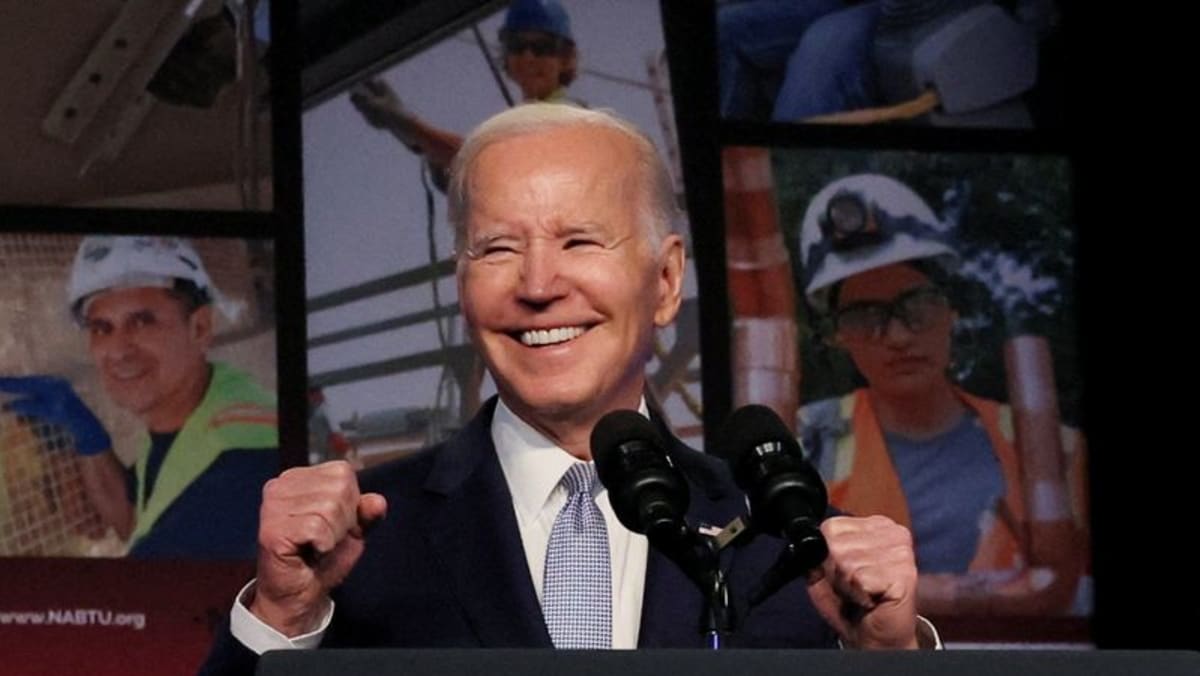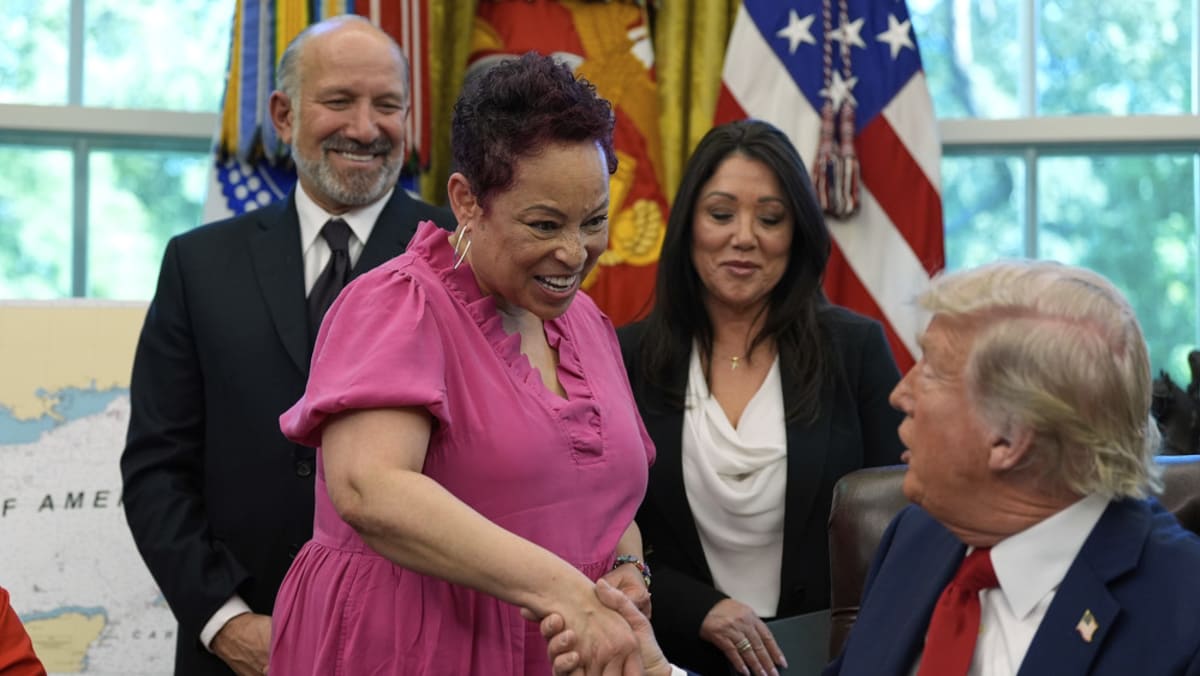Biden 2024: His record so far on the economy, immigration, civil rights

WASHINGTON: Incumbent President Joe Biden entered the 2024 election race on Tuesday (Apr 26) with something he didn’t have two-and-a-half years ago: A record in the White House.
He plans to run on it, highlighting his successes as an argument for another term, while opposition Republicans likely slam his White House performance.
Biden, 80, promised on the 2020 campaign trail to fight COVID-19, recast the economy, combat climate change, bolster voting rights, bring back bipartisanship and “restore the soul of America” after former President Donald Trump’s divisive White House tenure.
As Biden grappled with that list, the former 36-year member of the US Senate and vice president to Barack Obama also faced unexpected challenges, including Russia’s invasion of Ukraine and record-high inflation.
COVID-19 RESPONSE
Biden attacked a burgeoning anti-vaccine movement early in his presidency, requiring 100 million workers to get shots aimed at making COVID-19 less deadly and contagious, and presided over a broad distribution of vaccines and a US$1.9 trillion economic relief package.
But he was criticized from one side for extending lockdown measures and from the other for being too quick to declare the pandemic over, and too slow to distribute tests and ship vaccines overseas.
More than 1.1 million Americans have died of COVID-19, the majority of those since Biden was president, but the rate of deaths has slowed, especially in the last year.
JOBS, INFLATION AND THE ECONOMY
Biden ran on a promise to remake the US economy, by taxing the wealthy and companies more, and pushing the benefits to the middle class.
Under his administration, job growth hit records not seen since the 1960s, nearly triple the pace seen before the pandemic. The economy now has 3.2 million more jobs than the pre-pandemic peak.
But Americans have also seen a leap in inflation, fuelled in part by pandemic spending and supply chain problems that drove gasoline over US$5 a gallon in the summer of 2022. Critics also say that increased federal spending under Biden, including US$750 million on climate change and tax breaks, also drove inflation higher.
The surge in prices forced the Federal Reserve to raise interest rates quickly, a tightening that some worry could spark a recession.
March’s consumer price index data showed gasoline prices dropping, rent increases started to slow and food prices down 0.3 per cent in their first decline since September 2020.
Biden may have worse cards in 2024, with unemployment likely to rise as growth slows, interest rates remaining high and inflation holding above pre-pandemic levels.
Reuters polls show Americans see the economy as the biggest problem facing the country.
Democrats would tout their legislative wins and talk about inflation going down, but that approach will be problematic, said Republican strategist Doug Heye.
“The American people aren’t feeling it,” Heye said.
FOREIGN POLICY
Biden can point to the Western response to Russia’s war against Ukraine as a solid achievement: The US has rallied the world against Moscow, keeping the pressure on even as some European allies have wavered, and bolstered the NATO alliance.
But the chaotic US withdrawal from Afghanistan in 2021 drew sharp criticism from both Democrats and Republicans.
Biden has also struggled with long-time ally Saudi Arabia, which has backed oil output cuts from OPEC+ that the United States says are unnecessary.
Relations with China have also slid, as Biden bans and tracks investments and exports to China and congressional members from parties continue to seek more punitive measures against the economic rival.
US MANUFACTURING, INDUSTRY
Biden and his fellow Democrats pushed through more than US$2 trillion in federal spending, much of it aimed at restoring US manufacturing, in bills including the CHIPS, Inflation Reduction Act and an infrastructure bill.
Many of the companies who want a share of that federal spending must comply with a batch of requirements that force industries to make their products in the United States, a move welcomed by labor unions but opposed by trading allies such as the European Union and Mexico.
US manufacturing jobs hit 12.98 million in each of the first three months of this year, the most since 2008, according to the US Bureau of Labor Statistics.
Source: CNA















